cutting back river birch tree to trunks
jbug1960
10 years ago
Featured Answer
Sort by:Oldest
Comments (19)
ken_adrian Adrian MI cold Z5
10 years agoRelated Professionals
Aurora Landscape Contractors · Jackson Landscape Contractors · Alpharetta Landscape Contractors · Berwyn Landscape Contractors · Garland Landscape Contractors · Point Pleasant Landscape Contractors · San Carlos Park Landscape Contractors · San Pedro Landscape Contractors · Casselberry Landscape Contractors · Layton Siding & Exteriors · Oak Park Siding & Exteriors · Tooele Siding & Exteriors · Hobart Decks, Patios & Outdoor Enclosures · New York City Decks, Patios & Outdoor Enclosures · Dent Stone, Pavers & ConcreteEmbothrium
10 years agokevin_5
10 years agokatob Z6ish, NE Pa
10 years agojbug1960
10 years agohortster
10 years agomamp50
8 years agomamp50
8 years agoselnick77
8 years agoalabamatreehugger 8b SW Alabama
8 years agowisconsitom
8 years agokatob Z6ish, NE Pa
8 years agoLogan L. Johnson
8 years agointalbot
5 years agoPruningHome
4 years agoEmbothrium
4 years agoHU-513104551
3 years agobekihere
3 years ago
Related Stories
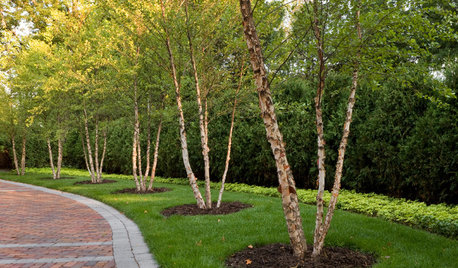
LANDSCAPE DESIGNGreat Design Plant: River Birch
Pick this rugged native tree for its intriguing peeling bark, soil adaptability or leaves that bring dappled shade to a garden
Full Story
HOLIDAYSHow to Care for Your Christmas Tree
Keep your tree looking lush until the last ornament is packed away with these tips for watering, using stands and more
Full Story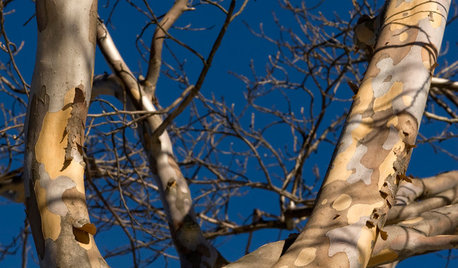
WINTER GARDENING8 Gorgeous Trees for Winter Interest in the Garden
Intriguing forms and beautiful branches take center stage when color heads back into the wings of the winter landscape
Full Story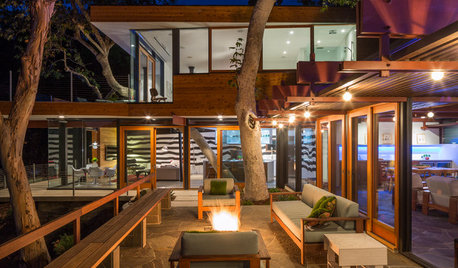
TREESHow to Use Trees Inside
Bring nature close by integrating the beauty of trunks and trees — even smaller leafy trees — into your home
Full Story
GARDENING GUIDES7 Ecofriendly Gardening Ideas That Also Cut Chore Time
Spend less time weeding, less money watering and more moments just sitting back and enjoying your healthy garden
Full Story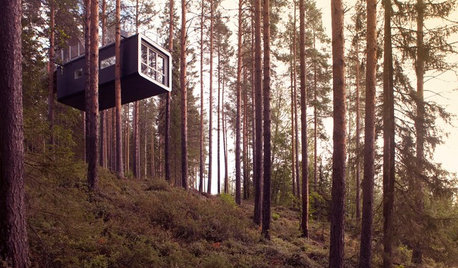
TRAVEL BY DESIGN11 Amazing Home-Away-From-Home Tree Houses Around the World
Go climb a tree — and spend the night. Tree house hotels and lodges are booming as exotic vacation alternatives
Full Story
LANDSCAPE DESIGN7 Great Trees for Summer Shade and Fall Color
These landscape-pro faves straddle the seasons beautifully. Could one enhance your own yard?
Full Story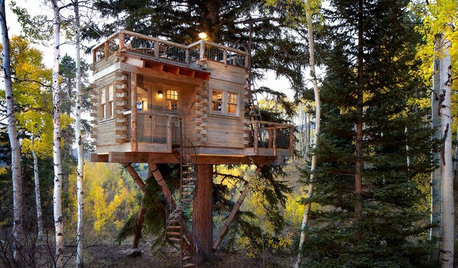
TREE HOUSESHouzz Call: Show Us Your Well-Designed Treehouse or Tree Fort!
Got a great treehouse or tree fort? We want to see it! Post yours in the Comments and we’ll feature the best in a future article
Full Story
GARDENING GUIDESWhen and How to Plant a Tree, and Why You Should
Trees add beauty while benefiting the environment. Learn the right way to plant one
Full Story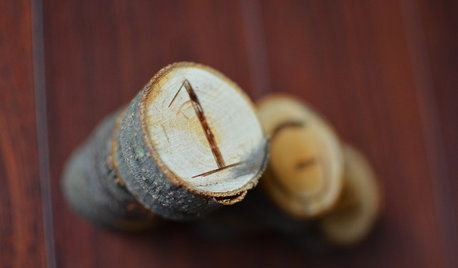
CRAFTS7 Ways to Upcycle a Fallen Tree
When a tree falls, turn its branches into rustic toys, accessories and holiday décor
Full Story









Embothrium